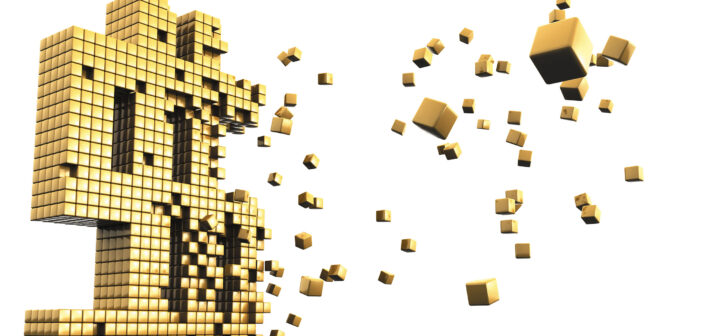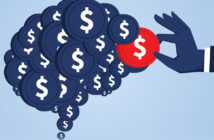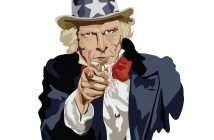by ALFREDO ORTIZ
As the U.S. economy continues to ramp up following the pandemic, consumers are falling back into their usual spending patterns. Travel for both work and pleasure are once again back on the docket. But as one problem dissipates, another has materialized. Though nowhere near the disruption level sparked by the coronavirus, inflation is threatening to bridle commerce.
Rising price levels are of particular concern for the hospitality sector. When household budgets tighten as a result of ballooning price tags at the grocery store or gas pump, recreational travel and dining out are among the first line items to be scaled back. In May, economy-wide year-over-year prices increased by 5%, which is the biggest 12-month jump since 2008. Inflation at hotels and other accommodation businesses amounted to 10% during the same period.
Some inflation is unavoidable and even good in certain cases. In fact, the Federal Reserve pinpoints 2% as a healthy level of annual price increases. And as the U.S. emerges from the pandemic, inflation levels were bound to surpass that threshold. Americans were hunkered down at home for more than a year.
Because the pent-up demand is being released so quickly, consumer demand in the short run is outpacing supply. With everything else held constant, supply and demand would reach an equilibrium and prices would stabilize. However, there’s another factor at play throwing a wrench into recovery: Uncle Sam and his printing press.
While some spending during the pandemic has been warranted to shore-up an economy that was pistol whipped by the coronavirus and lockdowns, Congress predictably might have gone a bit overboard by trillions of dollars. The Paycheck Protection Program and relief for individuals early on was reasonable and welcomed. But spending on pet projects and lasting enhanced federal unemployment benefits that may have incentivized staying at home rather than returning to work were counterproductive.
As spending levels surged and government revenue from taxpayers remained little changed (relatively), the U.S. had two options to make up the difference: borrow more money or fire up the printing presses. And as the supply of dollars goes up and purchasing power falls, the prices of goods and services rise in tandem.
Imagine a hypothetical scenario in which a helicopter drops a million dollars into a certain neighborhood that has a handful of restaurants. Because residents have more cash in their pocket, consumer demand would subsequently spike. The cost of a burger, for example, might jump from $5 to $8. A similar concept is currently playing out on a national scale.
Consumers, for the most part, have or will soon return to pre-pandemic behavior, which is good news for businesses that have been struggling. But dishing out fast, easy money fresh off the printing press could ultimately dampen recovery. Policymakers may have gone off the rails on spending, but they can avoid repeating the same mistake down the road.
Alfredo Ortiz is the President and CEO of the Job Creators Network.




